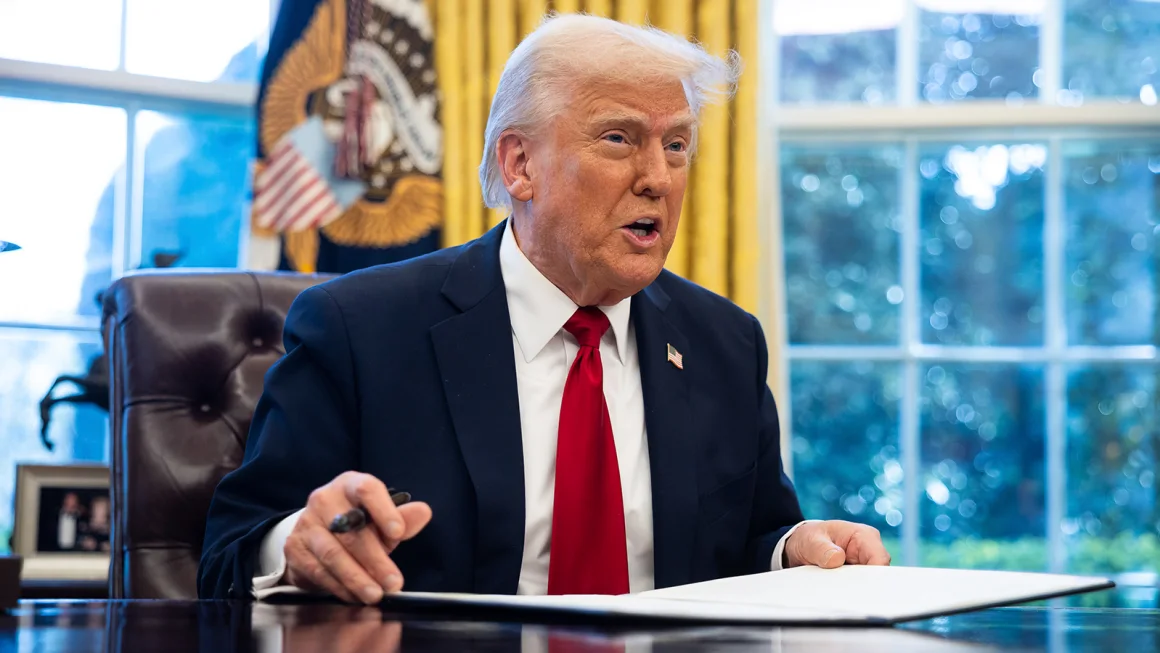U.S. President Donald Trump has unveiled new tariffs on imports from dozens of countries, setting a baseline rate of 10% for all imports and imposing higher, country-specific levies.
India, for example, will face a 26% tariff, while China will see a 34% levy, and the European Union (EU) will face a 20% tariff. These new rates are approximately half of what the U.S. believes these countries have been charging on American goods, combining both monetary and non-monetary barriers.
Trump defended the reduced rates, stating, “We’re kind people,” and explained that the U.S. tariffs are intended to be reciprocal, though they remain lower than the tariffs imposed on American products by other countries. He reiterated his long-standing frustration with countries like India, which has an import levy of 52%, and China, where the U.S. imposes a 10% tariff but is now charging them 34%.
Trump’s comments come in the wake of a meeting with Indian Prime Minister Narendra Modi earlier this year, where Trump noted that while they share a friendly relationship, the trade imbalance is untenable. Trump’s remarks highlighted that despite the personal friendship with Modi, the U.S. cannot continue to be “treated unfairly” in trade.
In addition to India and China, several other countries are also affected by the new tariffs. These include Taiwan, Vietnam, and Japan, along with several members of the EU. Trump’s announcement underscores his belief that the U.S. has been unfairly treated in international trade for decades.
He referred to April 2, 2025, as a historic day for American industry, calling it “Liberation Day,” which will mark the beginning of a new era of economic prosperity for the U.S.
The tariff plan, which is part of Trump’s broader strategy to reduce the U.S. trade deficit and bring manufacturing back to America, has already included multiple rounds of tariffs on steel, aluminum, and auto imports. Further sector-specific tariffs, including those targeting pharmaceuticals, may be on the horizon.
Trump’s ultimate goal with these tariffs is to pressure countries to lower their own tariffs on American goods, reduce trade barriers, and offer U.S. companies greater access to global markets.





